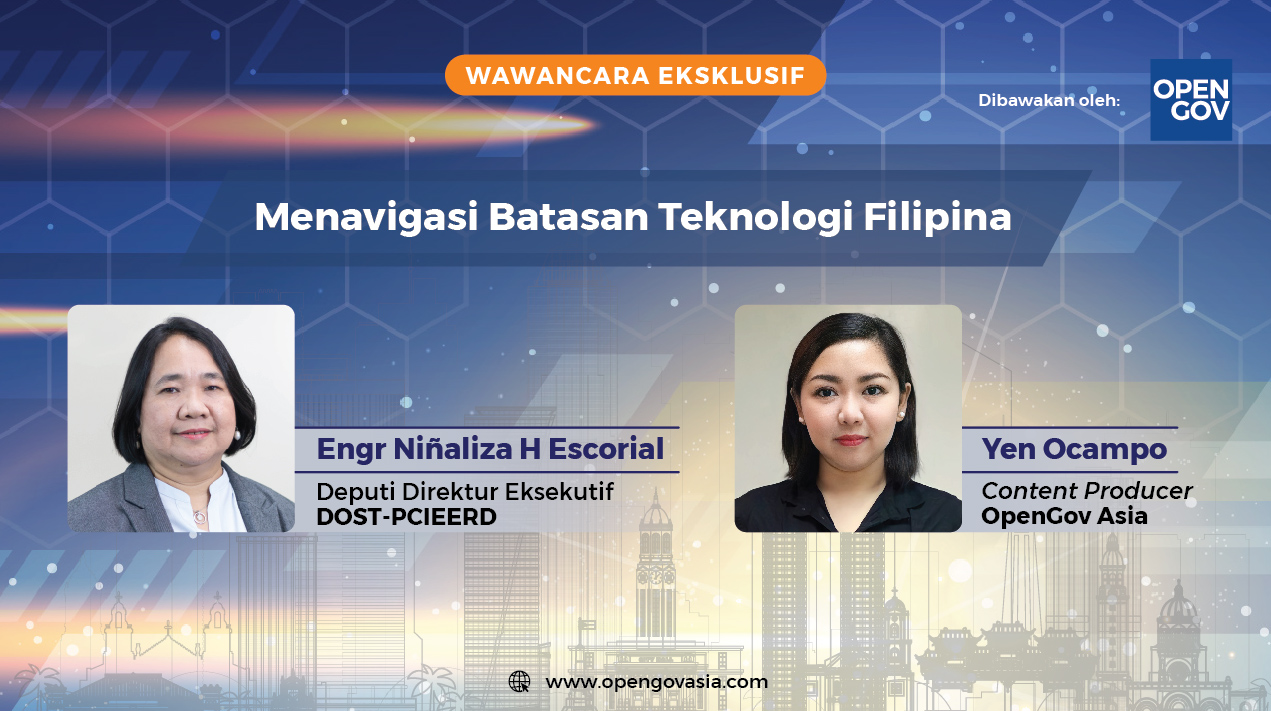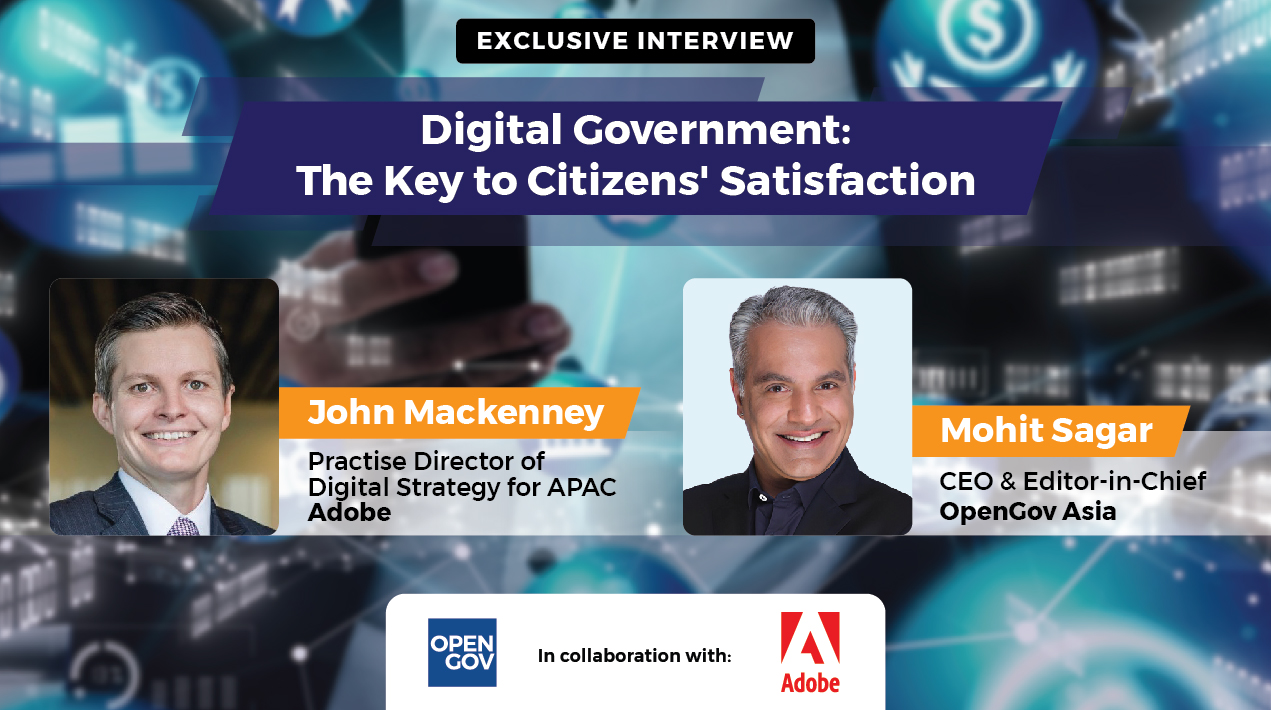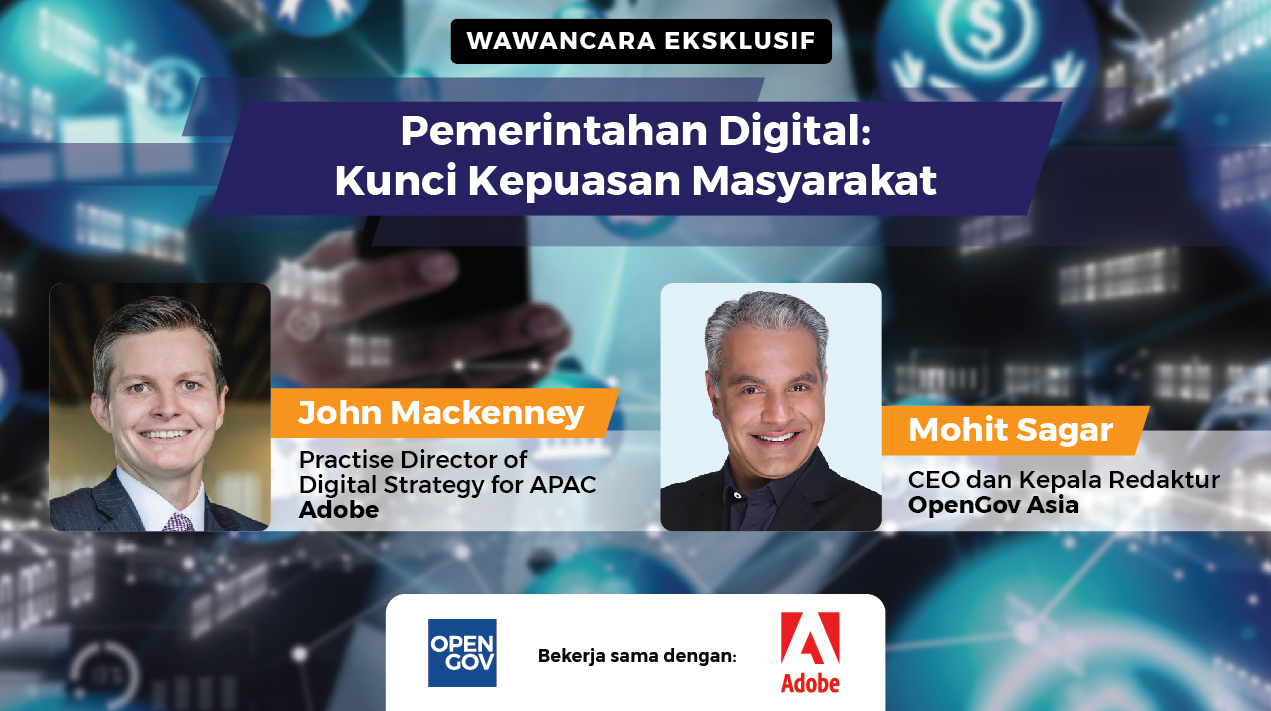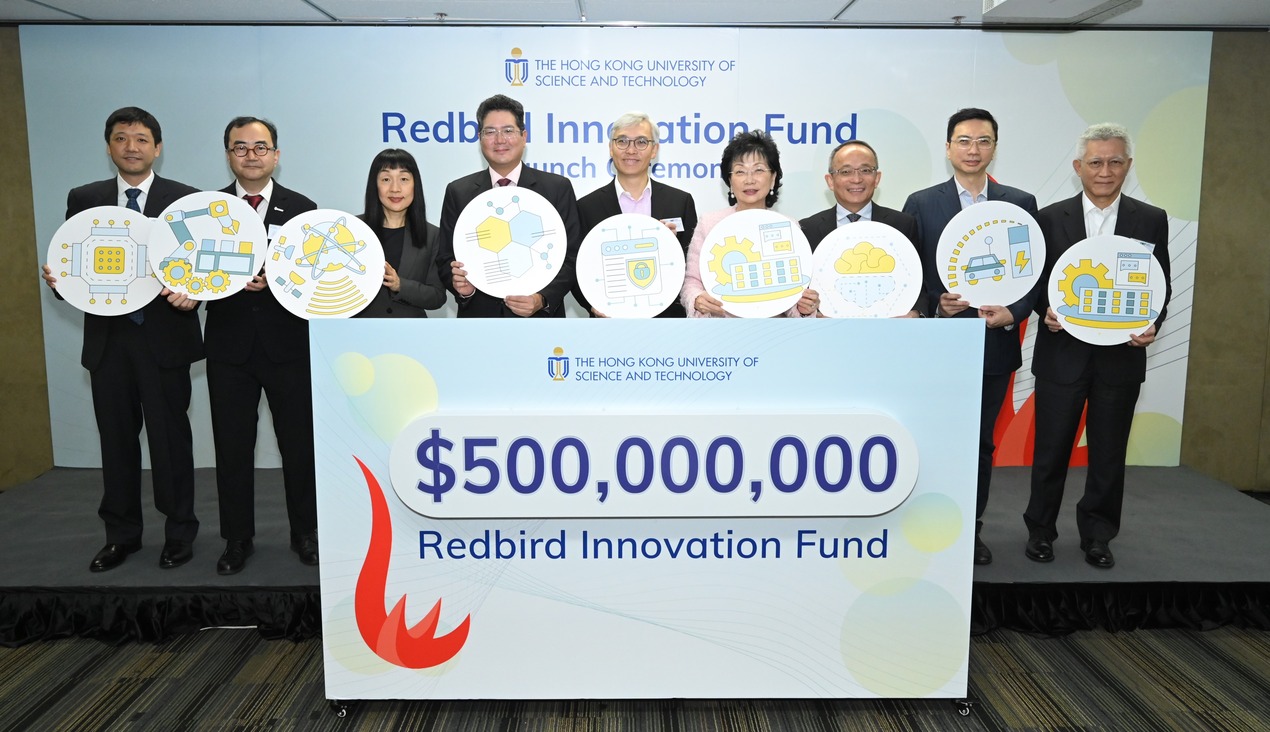
Government organizations in emerging countries are, increasingly, looking to digital transformation to better engage with citizens, empower their workers, and optimize operations and processes. These governments see the digital revolution as their opportunity to leapfrog their public service offerings to a future-ready economy.
There is no other way to it. Emerging countries are home to almost 90 percent1 of the global population under the age of 30 and this ratio is expected to remain until 2030, according to Euromonitor International. An entire generation of young people familiar with personal computers, mobile telephones, gaming consoles and the Internet are now entering the workforce. They will be tomorrow’s business owners, academics, community leaders and influencers. They are also the next generation of eligible voters with a view on how they want to be governed.
Digital transformation in the public sector
Governments are already seeing immense possibilities with cloud technology. A Forbes Insights study recently predicted that the public-sector cloud will account for more than half of global software, server and storage spending by 20182.
Government organizations in emerging countries especially recognize cloud as a key enabler in unlocking new capabilities and opportunities. In Cambodia, where about 1.2 million children gets trafficked each year with one out of five of these victims sexually exploited, the government is leveraging technology to combat serious social issues. The country’s Child Protection Unit (CPU) — a joint operation between Cambodian Children’s Fund and Cambodia National Police — leverages the cloud based Office 365 to empower its officers with anytime, anywhere collaboration and access to information.
As new technologies like Artificial Intelligence (AI) and Internet of Things (IoT) continue to emerge, how best can governments leverage digital transformation to accelerate economic and social development? How should they chart their technology roadmap? Here are key pillars that government organizations in emerging countries can consider in building up their public service offerings:
Engage your customers (or citizens): The way businesses engage with their customers has evolved over the years. From multi to omni-channel engagement, and in recent years, designing unique customer experiences became key as data analytics allow businesses to better recognize and understand each customer as an individual.
Likewise, governments need to focus on improving citizen engagement by investing in technologies that harness data spread across siloes, and then deliver intelligence that fuels new forms of experiences.
Citizens are savvier than ever before. They expect information-packed, personalized experiences that are safe and secure. Government services portals are nothing new, but newer technologies like Artificial Intelligence (AI) and chatbots can enable governments to better engage their citizens across different channels and touchpoints. In Estonia, the Government engages with its citizens almost entirely online with only less than 5 percent3 of transactions done on paper. Estonians can file their taxes, cast their vote and conduct many more e-government transactions online.
Empower your employees: The nature of how we work, and the workplace itself, has undergone a dramatic evolution. Individual and group workstyles are diverse and shifting. The average worker is highly mobile, managing multiple devices instead of being tied to a desktop in an office at a fixed location. Growing volumes of data promise of greater insights, but accessing, protecting and making sense of the information can be challenging. The key forward is to focus on better collaboration, easier access to apps and data they need, while mitigating security risks.
It is also important for emerging country governments to drive ICT skills development among the workforce. The Government of Brunei recognizes this and has created the Brunei Solutions Development Center (BSDC), a program designed to fast track local talent into skilled technical positions, jointly with Microsoft Services. BDSC is part of the country’s National Vision that includes the goal of building economic opportunities for the public and private sectors. Besides an online recruitment system, the Center also includes a full-fledged facility that provides training and help young talents get certified to be IT professionals.
Optimize your operation: Technology disruptors like IoT are accelerating the potential for organizations to optimize their processes and tools. Field equipment once isolated and siloed can now be connected on a continuous basis. They can gather data across a wide, dispersed set of endpoints, draw insights through advanced analytics, and then apply those learnings to introduce improvements. Government organizations can tap on these to improve on citizens’ access to education, healthcare, better offer utilities like energy, water, or services like facilities management and public safety.
For instance, the Oakland Police Department4 (OPD) in the United States uses 600 police officer-worn cameras and manages the footage using a cloud storage platform that is compliant with the Federal Investigation Bureau’s (FBI) Criminal Justice Information Services (CJIS) standard for data security. The OPD not only efficiently manages large amount of video data using this platform, but investigators can also easily search and review videos. This is crucial as video footage can be used in court, for assessing and improving officer behaviour, or even protecting police officers from liability. The platform also saves the department from large amount of IT work.
Transform your services: The opportunity to embed software directly into products and services is dramatically changing how organizations deliver value, and has introduced new business models and disrupted established markets in the business world.
Similarly, this development also offers government organizations the opportunity to improve on age old functions by tapping into new technologies. We see this in defence where newer technologies like facial recognition analytics and robotics are increasingly being deployed.
Disruptive Technology Brings New Opportunities
Disruptive innovation is introducing never-before-seen opportunities, transforming old industries and creating new business models. We see that all around us – take Airbnb and Uber for instance. The same can happen for governments in emerging countries as they ride the government technology super highway of digital transformation.
Interestingly, emerging country governments in Asia are already riding the digital transformation wave. In Cambodia5, services like commercial registration are made accessible online. Ministries are also using social media such as Facebook to reach out to a wider audience. Sri Lanka has established an e-government strategy and roadmap since 2002. The country has since rolled out an impressive e-government platform that saw it ranked by the United Nations as high as number one6 in South Asia in its annual e-government survey.
A successful digital transformation program is driven by many factors and governments will need to iron out multiple roadblocks before they can take full advantage of new technologies. Data integrity and security, telecommunication infrastructure, inter-agency coordination and collaboration, and even bureaucracy and attitude towards change, need to be considered and addressed to fully embrace digital transformation.
One of the key policy areas that warrant urgent action from governments is in digital inclusion. As economic benefits of digital transformation creates opportunities, participation by every person and every organization is critical to achieve inclusive growth. Investments in connectivity and access, skills development and cybersecurity that build trusts are going to be critical success factors. It is after all labelled as the new Industrial Revolution 4.0. If digital transformation is the superhighway for growth, taking everyone along the journey will be the success marker for governments.
1Euromintor; Emerging Markets Account for 90% of the Global Population Aged Under 30 (30 May 2014)
2Forbes Insights; From Promise to Reality: How Local, State and Federal Government Agencies Achieve Results in the Cloud (2015)
3Microsoft – Estonia uses cloud to reinforce critical e-government functions (11 Aug 2016)
4Microsoft – Governments worldwide embracing IoT (24 Nov 2015)
5Khmer Times – Cambodia embarks on e-government (25 Feb 2016)
6 Daily Mirror – The rise of Sri-Lanka’s e-government services (2014-09-04)





















